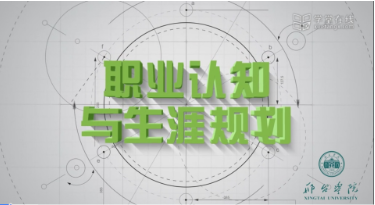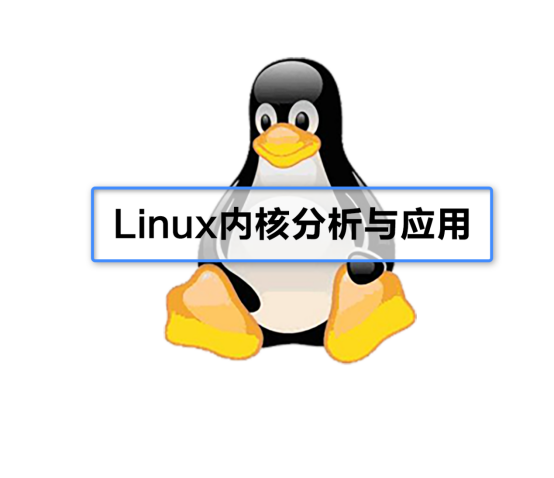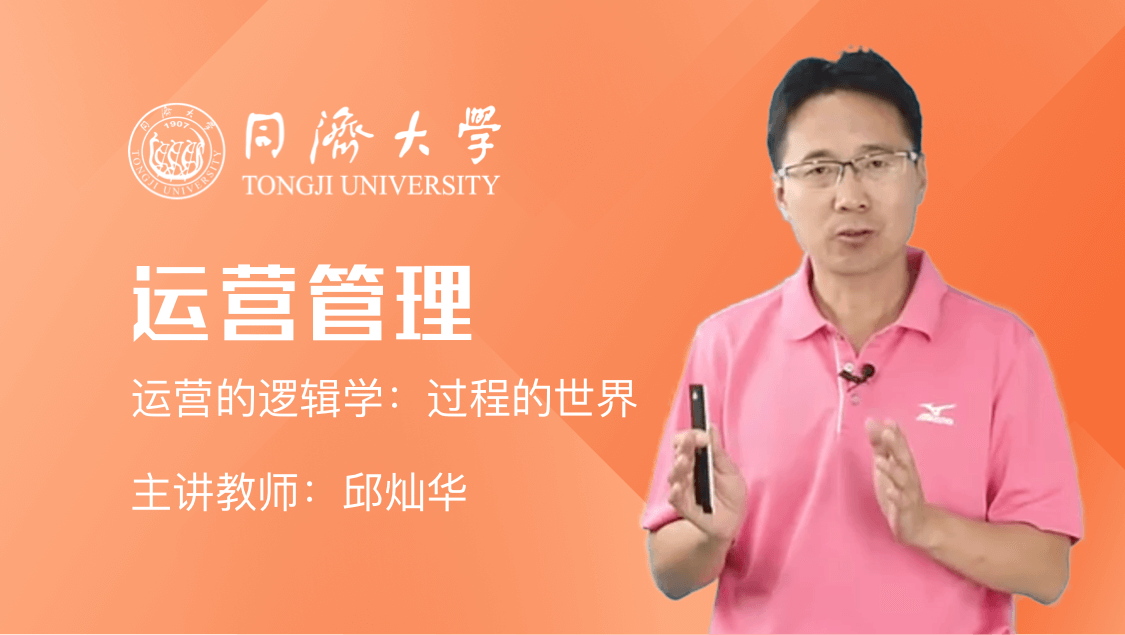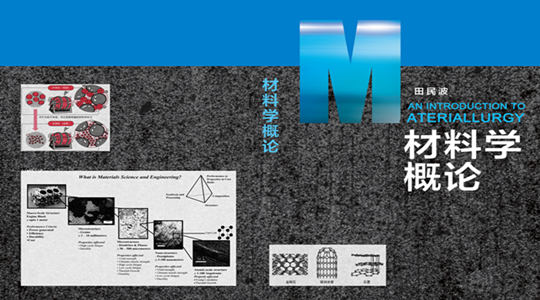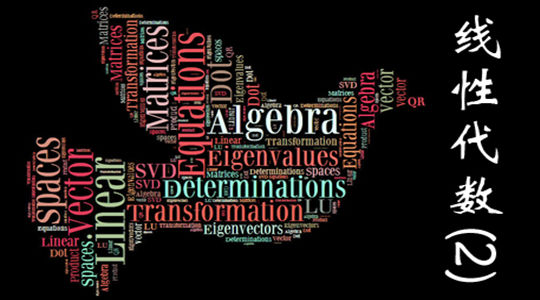
当前课程知识点:山水画技法 > 第二节 笔墨概念和材料 > 3.笔墨表达的一般程序 > Video
下面我们就开始进行
Now let’s start
用笔的基本方法讲解和演示
Basic explanation and demonstration of brush using
中国画用笔的方法
Chinese brush technique
它是有程序的
has its order
那就是勾 皴 擦 染 点
that is “Gou, Cun, Ca, Ran and Dian”
是中国画一般的程序
these are general procedure for Chinese painting
什么叫勾
then what is “Gou”
勾就是运用我们刚才所说的
“Gou” is by what I just said
那个具有审美内涵的线条
The line with aesthetic meaning
借用物象的轮廓
with the outline of the object
画出线条的主次关系
Draw the primary and secondary relationship of the line
长短关系 粗细关系
Length and thickness relationship
和曲直变化
curve and straight changes
以及浓淡干湿的变化
and changes in dryness and dampness
这就是勾
that is “Gou” technique
勾就是简单讲
for short
就是说借用客观物象
that is, using the shape of objects
然后去表达
then express
我们线条本身的秩序美
The beauty of lines order
我们来看看这个勾
Let’s take a look at this line
这是借用一个山体的一个变化
This is by using the form of mountain
形成一个笔墨的节奏秩序
to form the order of brush-ink method
那么这个勾是中国画的
the “Gou” technique in Chinese painting
起手的一种方法
is the way to get start
这个勾的线条不但有主次
the line of “Gou” has not only the primary and secondary
有长短 有疏密
Have length and density difference
然后有墨色的浓淡干湿的变化
and texture and shade change
这是我们起手的第一法
This is the first method we started
然后接下来的方法就是皴
Then the next method is “Cun” technique
这个皴的方法有很多方法
There are many ways to do this “Cun”
我们这堂课主要介绍披麻皴
In our class we mainly introduces “Pima”
牛毛皴 斧劈皴
“Niu Mao” and “Pupi”
皴是笔墨形式的技法之一
“Cun” is one of brush-ink techenique
那么皴有表现物象结构的功能
Then it got a function of expressing the object structure
但是皴的更大意义
but “Cun” got bigger meaning
并不在于表现物象的形式
Not in the form of the representation
它要超越物象表现
It has to transcend image performance
表达笔墨自身的结构美
Express the structural beauty of the pen and ink itself
显示出更大的表现力
Show greater expressiveness
那么我们这个皴
Then the “Cun”
这个线条皴
and line
主要分直线曲线
Mainly about curve and straight
还有一些折带线
and some fold lines
那么我演示几种
here let me show some
那是它基本的笔形
that’s its basic form
一个中锋短线的线条
A short line of center blade
然后它关键是要解决
its major problem is
这个披麻皴的势态关系
the relationship with “Pima”
那么什么叫势态关系
Then what is relationship between tendencies
就是两个倾向性完全不同的
that is two opposite tendencies
然后还能够和谐
and cooperate together
统一在一起的
united together
这么一个有粗细有长短
Such combination with different thickness and length
有浓淡然后有纵横关系
and also has different position relationship
这么一种表达
this expression
是它们的一个组织关系的
is an organizational relationship of them
一个表达
an expression
这就是势的关系
This is the relationship of the tendency
那么我现在演示
now let me demonstrate
这个一条线没有势
This is a line that has no potential tendency
那么第二条线出现就有
Then the second line appears
它们之间就有关系了
There is a relationship between them
首先有长短关系
First, there are long and short relationships
还有它不是一个平行的
And they are not paralleled
它是有交叉的
It is crossover
纵横交叉的感觉
The feeling of cross and cross
然后三条线它就出现了
Then third line
主次关系和疏密关系
Primary and secondary relationships and sparse relationships
然后我们多条线
Then we have multiple lines
这里有浓淡 有干湿
There is shading here, wet and dry
这里没有一笔是平行的
None line here is parallel
也没有一笔是
and none is
是应该长短差不多的
same length
然后这里有干湿
Then there is wet and dry here
有浓淡 有纵横 有黑白
There is a shade, there is a vertical and horizontal,
there is black and white
这叫披麻皴
This is called “Pima”
那还有一种皴叫牛毛皴
there is another one called “Niumao”
也叫解索皴
or as known as “Jiesuo”
它那个用笔的基本形象
Its basic way of brush working is
是侧锋曲动用笔
to use the side of brush
这个笔要干一些
with a dry brush
第二条线第三条线
the second line and the third line
它们这个势态关系
Their relationship
和披麻关系是一样的
It is the same relationship as “Pima”
由于它这个基本的形状
Due to its basic shape
是松毛的
it’s fluffy
所以它皴出来的感觉
So it feels like coming out from sketch
和这个披麻皴的这个表现力
the performance of “Pima”
是不一样的
is quite different
也叫它是解索皴
it also known as “Jiesuo”
就是解开绳索那个意思
which means open the folding rope
那么还有一个线皴我们常用
then there is another type of “Cun” we often use
叫折带 折带皴
it’s called “Zhedai”
先横笔入笔走
first move the brush horizontally
然后侧锋
then drag the brush sideline
侧锋下来
use the side of brush
这是它的基本的用笔方法
this is the basic method of brush work
那么组织起来
then after organize them together
它们之间就得有组织态势了
it got tendency
疏密 大小
density and size difference
这个长短主次 包括浓淡
This diversity of line including the shade
这一定要侧锋拖着笔走
it must be working with the in side part of brush
顺锋走
Going forward
用笔很虚的
and lightly
这都是属于线条的皴法
This is all about the line
那么除了这些用线的皴法
beside these method of “Cun”
还有一个和用线皴
there is another totally different way to do “Cun”
截然不同的是面皴
it’s the side “Cun”
这个面皴是指的
it means
各种不同的面
multiple sides
比如说大小长短宽窄
For example, size and width
浓淡虚实疏密等这些变化
These changes, such as shape and density changes
为主要组合形式的一种皴法
As a method of depreciation
统称为面皴
in general, we call it the side "Cun"
其中包括斧劈皴 马牙皴
These include “Fupi” and “Maya”
拖泥带水皴
and drag “Cun”
这些都是面皴
they are all side “Cun”
那么我来表现一下面皴的
Then I will show the following
基本形象
basic form
面皴就是把笔放平
side “Cun” is to put the brush horizontally
拖着用笔
then drag the brush
不能直锋走
not going straight
然后用侧锋下笔扫
Then use the side brush
这叫斧劈
that’s called the “Fupi”
斧劈柴痕非常爽利
the character of “Fupi” is quite sharp
这是它的基本的笔型
this is its basic form
我们的笔型有大有小
Our brush has different size
有长有短
it got long and short ones
短 更小 更小 长
and even shorter or longer ones
我们下笔这个头
the head of brush
这个比较圆润厚重
is quite round and heavy
就没有锋利的感觉
without the feeling of sharpness
所以下笔就得走
so it has to be moved once touch paper
一直送到位
Always delivered to the position
不是挑剔 不是这么挑剔
but not picky
一挑剔这个很厚重
once you go picky it turns out heavy
然后就变成鼠尾
then will form a rat tail
它就没有斧劈柴痕的感觉
without the appearance of axel cutting out that feeling
这是斧劈皴
here is “Fupi”
那么还有一种就是点子皴
Then there is another kind of “Cun” is the dot “Cun”
点子皴基本的笔法
its basic strokes is
就是非常短小的一个小短线
a very short short line
或者是一个点
or a dot
问题是我们要是组成
problem is if we are going to form
一个面积的这个点子皴
a big area with this dot
这个组成就要叫点势
This composition is called the trend
那么这个点势怎么办
Then how to deal with this trend
就得有大小主次
You have to have the primary and secondary dots
然后疏密开合
and different density
浓淡干湿
different wetness
点势
the trend
这是皴法
this is “Cun”
皴法下来我们要讲一些
in the next we are going to talk more about different “Cun”
下一个技法就是擦
nest technique is “Ca”
中国画的用笔擦
the “Ca” technique in Chinese painting
这个擦一定是在勾皴以后
is after “Gou” and “Cun”
我们要松缓一个
it needs a more merge together
艺术形象的结构
art form
或者是在加强一个
or to enhance
厚度的时候
the thickness
往往需要擦的用笔
that type of brush-work
这个擦的用笔
the technique of this
基本的技法
and its basic brush movement
应该是这个笔非常干
is first the brush has to be very dry
要想笔要想干
if you want a very dry brush
就得在这个纸撤
You have to pull out water from this paper
把水分撤掉
remove the moisture
可以重墨擦也可以淡墨擦
it can work with light or heavy ink
但多半在擦的时候
but most of time
都是中墨到淡墨之间
it’s in between
很少用重墨擦 但也有
very seldom use heavy ink, but not never
那么淡墨擦
so when work with light ink
就是这个笔散锋
and the brush needs to be loose
不是尖锋 散锋
not pointy, loose tit
笔很干
very dry brush
通过这个擦
with this movement
把许多结构就给松缓了
the structure became much more relaxed
舒缓了
and loose
这是一种方法
this is one method
这是淡墨擦
with light ink
一定要侧锋
and it has to move with brush side
用笔的根部和中部
use the middle and bottom of brush
不用笔尖
not the tit
笔尖是擦不出感觉来的
the tit isn’t able to make this feeling
这是擦
here is “Ca”
擦完以后我们那个
after “Ca”
有一个染的过程
we also have a dyeing process
这个染的过程
this dyeing process
一般在水墨山水上很少染墨
seldom in landscape painting
一般是染颜色
Generally dyed colors
这个中国画的颜色
color in Chinese painting
要不 碍墨的话
should not interference ink
它都用一些这个植物颜色
generally we use color that made from plant
植物颜色是透明的
it’s transparent
我们的墨色是怎么变化的
it’s not gonna interference the movement of ink
它都可以不妨碍
not interference
那么我们要是用矿物质颜色
or we can use mineral pigments
我们那个墨色的这个变化
the change of ink
就会削弱
would be weaken
所以说削弱了怎么办呢
how’s so
中国绘画这是一个
Chinese painting
很讲层次的
requires more attention in layers
说我们还用一个点
like when we use a dot
这个点的基本技法
the basic technique of dot is
这个点它不是一个单纯的
it’s not a simple question about
点几个点的问题
the amount of dots
当然也有点
but of course there are dots
比如说这个藏锋点
for instance, this dot without tit
我们在很浑浊的这个
we add it on this blurry
既有墨又有颜色的
colorful ink form
这么一个形象上
an art form
然后点一些比较重的颜色
then we add some more heavier color
就会提醒我们
it could remind us
那个墨色的亮度
the lightness of ink
它那个变化的程度
the extent of its change
同时这个点也可以舒缓结构
simultaneously the dots could also soothe the structure
但是有些时候我们这个点
But sometimes the dot
不是抽象意义的点
is not the dot that has abstract meaning
它可能比如说
it might say
在这个很脏的色墨
this muddy ink appearance
这个形象体上
base on this form
我们画一些枝干
we add more branch
重墨的枝干
with heavy ink
这个都叫醒墨的过程
this is called the process of awake ink
那么这个点的意义
then the meaning of this dot
其实就是最后
is actually at the end
我们这个画面要有一个
our painting needs to have a
醒墨的过程
process of awake ink
所以说这个点也非常有意义
that’s why the dot in Chinese painting got meaning
所以说这个中国绘画
That’s why Chinese painting
很讲程式
very serious about the procedure
然后这个方法也比较奏效
and the method is effective
只要我们一应用
once we use it
就效果非常好
it works
以上我们介绍了
above all, we just introduced
笔自身的表现性
the performance of brush
即内蕴的讲究
and more inner thing
这些东西已经成为了
this requirement has also became
品评中国绘画的
main important factors in
重要的因素之一
Tasting Chinese painting
中国画论里头在用笔和用墨上
In the theory of Chinese painting, about
the method of ink and brush work
这个历代总结了很多经验
it got a lot experience during generations
我们通过实践可以体验
we could practice it
但是翻开历史上的画论
open these theory in history
有很多的品评标准
there are many standers
我们都可以研读一下
that we can study
-1.中国山水画的理想追求与表达
--Video
-课程作业--作业
-1.笔墨概念与材料介绍
--Video
-2.笔墨基础技法
--Video
-3.笔墨表达的一般程序
--Video
-第二节 笔墨概念和材料--课程作业
-1.披麻皴技法演示
--Video
-2.披麻皴作业点评
--Video
-3.画面调整
--Video
-第三节 笔墨训练方法之一披麻皴--课程作业
-1.牛毛皴技法演示
--Video
-2.牛毛皴作业点评
--Video
-3.画面调整
--Video
-课程作业--作业
-1.斧劈皴技法演示
--Video
-2.斧劈皴作业点评
--Video
-3.画面调整
--Video
-课程作业--作业
-1.树干及点叶法演示
--Video
-2.树干及点叶作业点评
--Video
-3.画面调整
--Video
-课程作业--作业
-1.出枝法演示
--Video
-2.出枝法作业点评
--Video
-3.画面调整
--Video
-课程作业--作业
-期末临摹作业
-期末主观论述题
